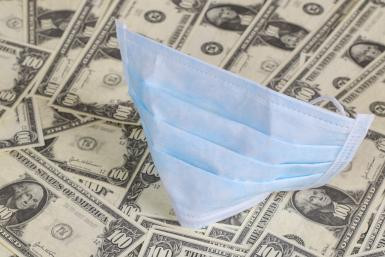The New PPP Loan Rules: More Flexible


Good news for those who received a PPP Loan! The Paycheck Protection Flexibility Act, which outlines significant revisions to the Paycheck Protection Program, is now official, signed into law on June 5. Let's take a look at some of the key points of this overhaul.
- 60% of loan must be spent on payroll costs. This is down from 75% previously. Take note: whereas previously there was partial forgiveness for those who did not reach the 75% payroll threshold, the 60% cutoff is now an all-or-nothing benchmark. The way the law is written, if you don't spend at least 60% of the loan on payroll, none of it will be forgiven. The Journal of Accountancy has pointed out that this is a technical omission and that certain senators indicated that tweaks could be made to the bill in order to restore the sliding scale.
- At the election of the borrower, the eight-week timeframe to use a PPP loan can be extended to the earlier of:
- 24 weeks from when the loan proceeds were received, or
- December 31, 2020
- An exemption has been added that eliminates the loan forgiveness reduction if you are able to document both:
- An inability to rehire individuals who were employees of the eligible recipient on February 15, 2020, and
- An inability to hire similarly qualified employees for unfilled positions on or before December 31, 2020.
- An additional exemption eliminates the loan forgiveness requirement if you are unable to return to the same level of business activity that existed at or before February 15, 2020 by December 31, 2020 due to compliance with HHS, CDC, or OSHA standards related to COVID-19.
- Borrowers now have five years to repay the loan, instead of two as originally written. The interest rate remains at 1%.
- The bill also allows businesses that took the PPP loan to delay payment of their payroll taxes, which was prohibited under the CARES Act.
- The payment deferral period has been extended to 10 months from the end of your Covered Period if you do not request forgiveness. It was previously six months. Not only will this allow you to extend the time before payment is required, it will also enable your bank and the SBA to fully process your application without as much risk of a required payment coming due while a forgiveness application is outstanding.
Peter N. Riefstahl is a supervisor at Louis T. Roth & Co., PLLC, a Louisville, KY-based Certified Public Accounting firm that specializes in tax planning, accounting, and business consulting services.
© Copyright IBTimes 2025. All rights reserved.
Join the Discussion





















